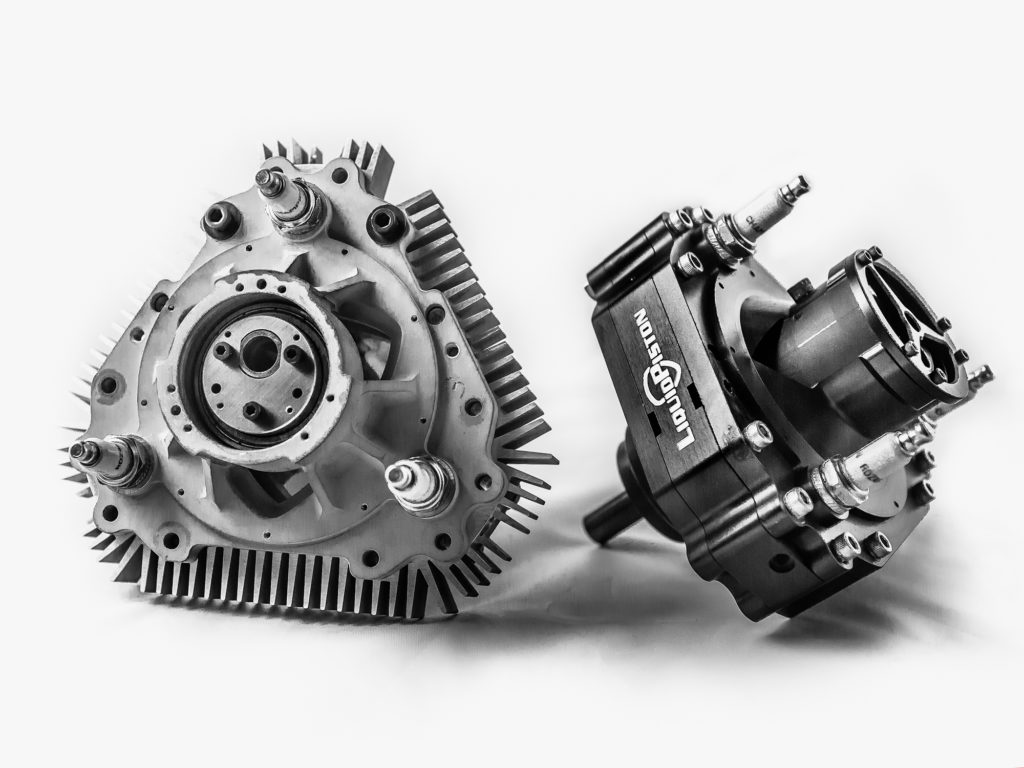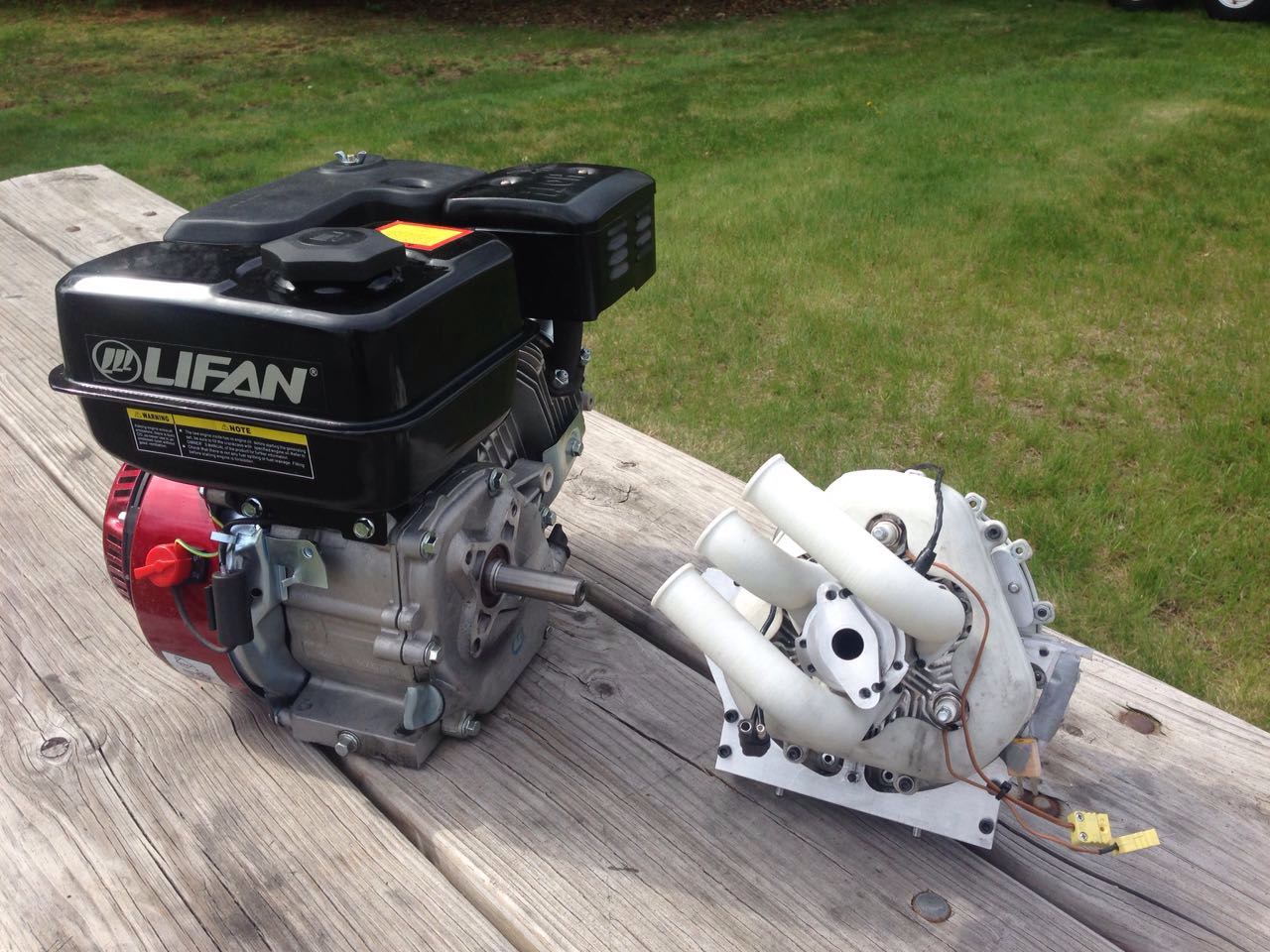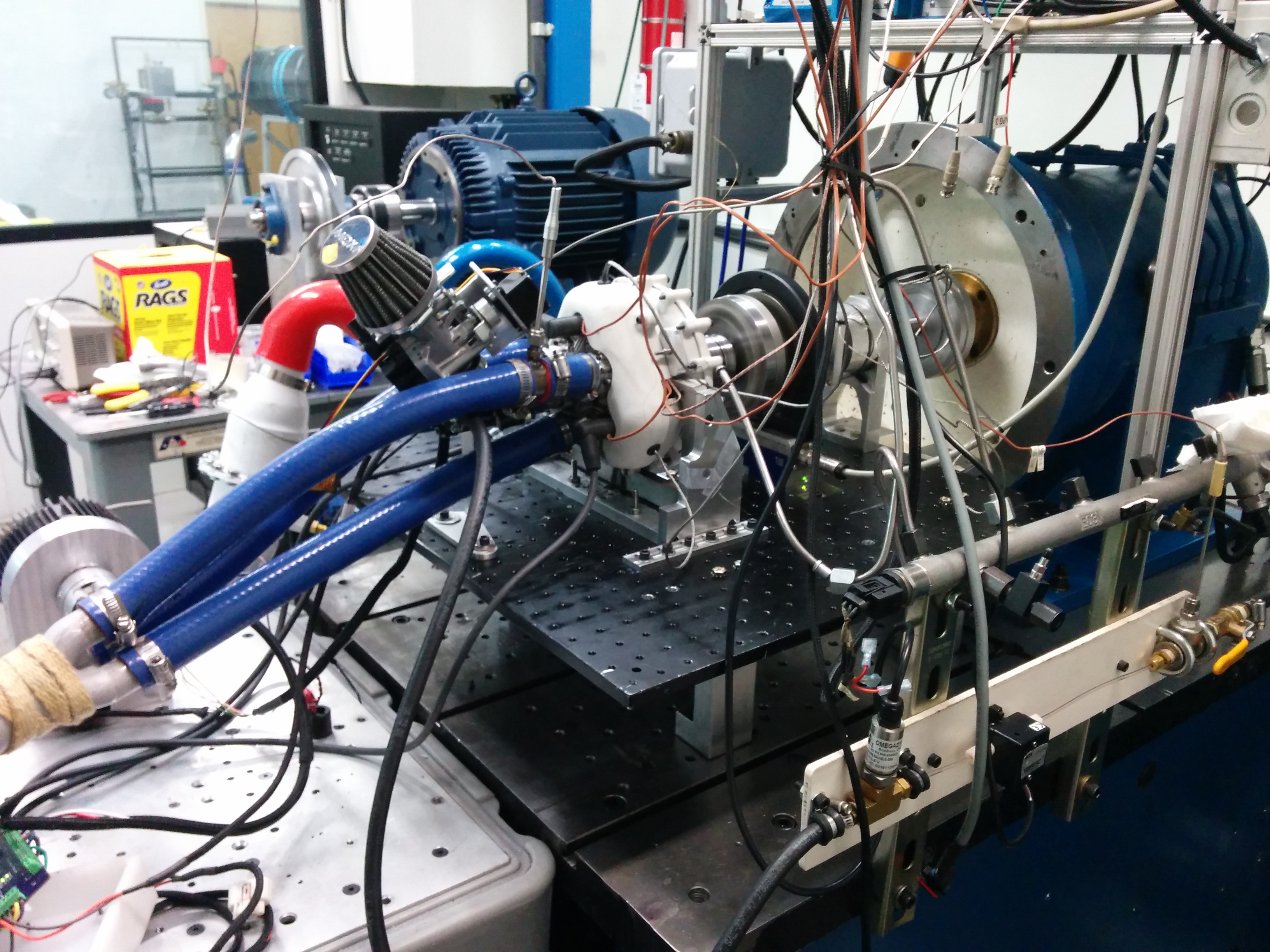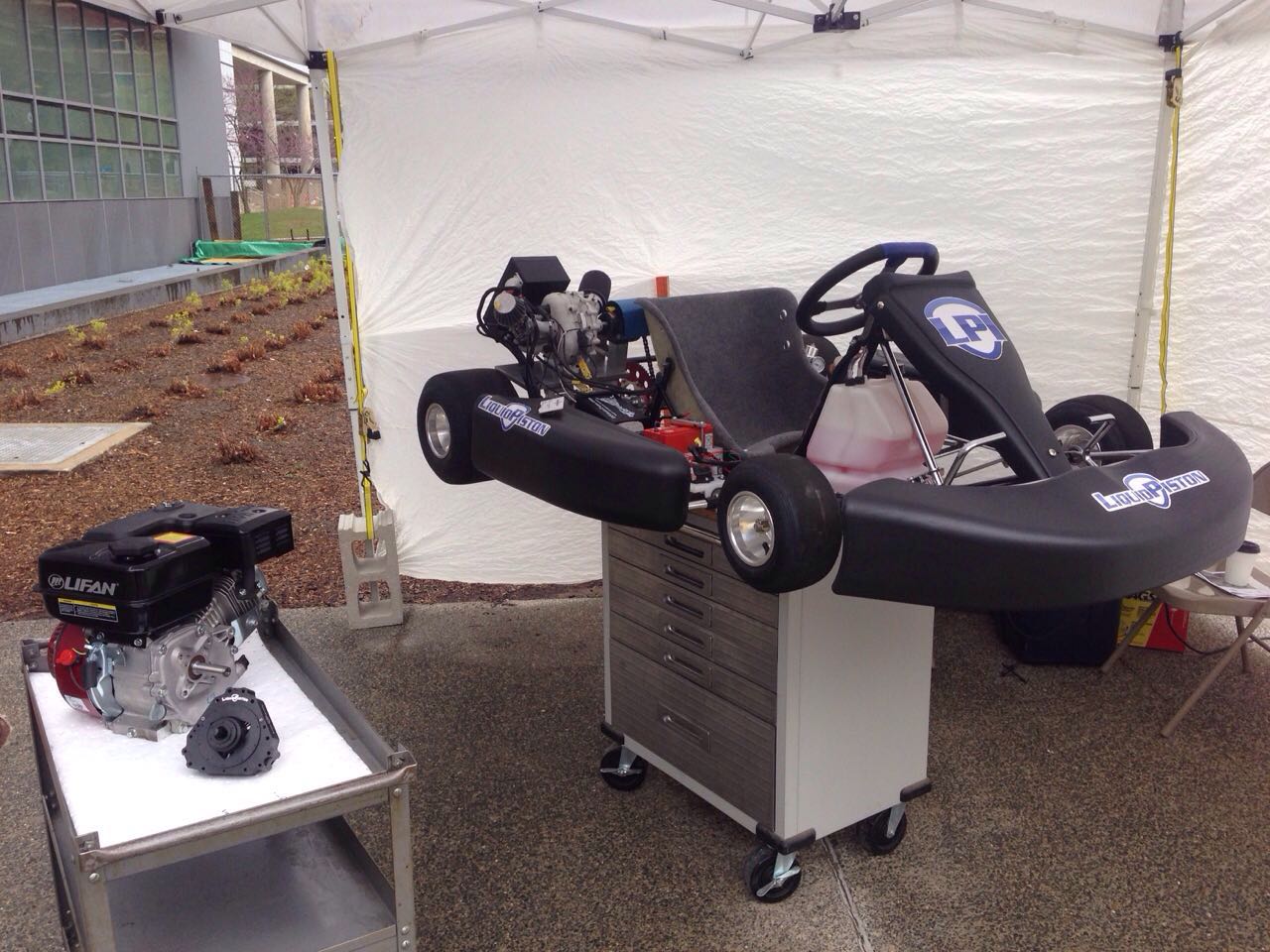Those challenging specs may put off all but the hardiest engineers. It’s done nothing to dim the enthusiasm of father-and-son team Nikolay and Alexander Shkolnik, however. Nikolay and Alexander are behind LiquidPiston, a Connecticut-based company which has spent the past 13 years — and $18 million — coming up with a cutting-edge alternative to the classic rotary engine. And they’re getting closer by the day!
“We started with the mission statement of building an engine that would have much higher efficiency, consume less fuel, be smaller, and quieter,” Nikolay Shkolnik tells Digital Trends. “We wanted to create an engine that is better than every other engine on any single parameter. We were very ambitious!”
There are plenty of problems with rotary engines: most notably their poor fuel economy, tendency to burn lots of oil, and distinctly environmentally unfriendly emission of CO2. These are all areas the X Mini shows heaps of promise — which presumably explains why it has managed to net a $1 million deal with DARPA.
While Nikolay Shkolnik acknowledges that LiquidPiston’s mission is not yet completed “by any stretch of the imagination,” this week the company’s X Mini engine moved out of the lab and into the real world with a dazzling demo in which it showed itself capable of powering a go-kart.
Long-term, the plan is for the engine to power the aforementioned drones, but also boats, electric cars, and even power generators. Unlike many technologists, however, long-term for Nikolay doesn’t necessarily mean decades down the line.
“We’re definitely not ready for production yet, but we will be ready for testing of our small engine in drone applications in the next 3-6 months,” he says.







